Planting and caring for an annual morning glory
The annual morning glory belongs to the bindweed family. She gained popularity due to the fact that she does not need special care, and planting an annual morning glory takes a few minutes, while the plant blooms for a long time. This flower is very popular among summer residents as an ornamental plant. This type of bindweed can be found on the walls of houses, hedges and other decorative designs.
Description
The flower belongs to the genus Ipomoea, which is the largest in the bindweed family and has about 450 species. Not all of them are annual, there are also long-livers, among them there are bushes, vines, grasses and short trees.
In the wild, the flower is often found in the tropics and subtropics. In the conditions of the Russian climate, morning glory can only live in the summer, therefore it is grown here as an annual plant and planting usually takes place in the spring.
The loach does not need care, it releases whisker shoots that can reach a length of 2.5 or even 5 meters - with them the flower clings to vertical supports. The stems are hidden by abundant and large foliage. The shape of the leaves is cordate, the upper part is pointed.
Ipomoea grows extremely quickly and in a short time can turn any nondescript object into a wonderful element of the decor of a summer cottage. Due to its size and toxicity, liana is grown only in open areas.
Description of colors
Bindweed flowers are arranged on thin legs and are funnel-shaped. The size can vary from 5 to 15 cm. Their color can also be different. Ipomoea are found with the following flowers:
- blue;
- purple;
- pink;
- purple;
- blue;
- white.
In this case, the shade can be completely different. Among the varieties, there are plants with both monochromatic colors and many patterns.
Morning glory blooms for a long time, and this flower does not require special care. After the old buds fall off, boxes with large seeds appear on the liana, and almost immediately new flowers appear.
The buds usually open early in the morning. In bright sun, the vine closes its flowers by noon, and in cloudy weather they can remain open until the evening. So the plant itself provides proper care for its flowers.
Landing
Planting the annual morning glory, like any other plant species, is divided into several stages:
- seeds;
- seedling;
- planting in open ground.
Each stage has its own nuances, therefore, planting in each method needs separate consideration.
Planting seeds (sowing)
Morning glory is propagated by seeds, which after harvesting can germinate for another 2 or 3 years. Planting should start in May, but before that, the seeds must be soaked in water at an air temperature of 25-30 degrees. This care will allow them to swell before planting.
Advice
If the seeds swell slightly after a day, then their shell must be pierced with a needle so that moisture gets under it.
After soaking, the seeds must be planted in small pots or seedling cups... From them it is necessary to create a semblance of a greenhouse, covering the top with film or glass. The condensate must be drained and irrigated as needed. If the care was correct, and the temperature was in the range of 18-20 degrees, then the seeds will germinate within 10-12 days.
When planting seeds for the first time, they need care and attention. Particular attention should be paid to the soil, since each species needs its own type of substrate.So, American species love a mixture of humus, vermiculite, peat, coconut fiber and expanded clay, while African ones are less demanding and only need soil for succulent plants and expanded clay.
Seedling
Until the seedlings reach a height of 15 cm, the morning glory only needs to be watered. As soon as they overcome this height, a thread or thin rope is tied to their base, the other end of which is fixed so that it is strictly vertical. Further, this rope will serve as a support for the thin trunk of the vine, around which it will curl.
As they grow, the seedlings need to be transplanted into larger pots so that the plant's root system develops without delay. During transplanting, do not clean the roots of the plant, as carelessness when removing soil from them can damage the fragile root system of the morning glory.
Advice
To obtain lateral shoots, the seedlings must be pinched, removing the lower leaves.
Landing in open ground
Planting in open ground is a fairly responsible matter, on which it will depend on how long the one-year-old morning glory will live and whether it will take root at all. The best time for this is the end of May or the beginning of June. In this interval, the soil is already warmed up, the young morning glory will not die from possible night frosts and it will require less care.
The planting of young plants is carried out using the transfer method, in which the flower is transplanted along with the soil in which it grew. Thanks to this, the roots of the plant are not damaged, and it is easier for it to settle in a new place. Near the sprouts, it is necessary to have some kind of structure along which the loach will climb up. If there are no walls of houses or a fence nearby, then you can independently build a lattice from thin beams or iron rods.
Advice
If there are several morning glories, then they must be planted at a distance of at least 20 cm from each other.
Alternative landing methods
Morning glory can be planted without growing in greenhouses. There are two more alternative types of planting this plant.
- Directly into the soil
The seeds can be planted in open ground immediately. This should be done in early June and in a sunny place. Seeds need to be planted at a distance of 20 cm from each other. But at the same time they need slightly acidic soil and good drainage.
- Cuttings
Some of the species of this plant are capable of vegetative propagation, using cuttings. From freshly cut shoots, cut small, about 15-20 cm, cuttings. Each of them must have 2 internodes. Having removed the leaves from the lower part of the cutting, it must be placed in water, and after 3-5 days the roots will appear.
Advice
It is important that the angle of the bottom cut is about 45 degrees, and the distance from it to the first node is no more than 15 mm.
After the roots appear, the plant must be immediately transplanted into a prepared pot, caring for such a loach is slightly different from that which is necessary for sprouts. So, the temperature at which cuttings grow better varies from 20 to 25 degrees. The plant takes about a week to take root.
Ipomoea care
Special care for the annual morning glory is not required. It needs to be watered regularly, but it is not worth it to be frequent with this, since with too much water, the roots of the plant will begin to rot. From May to August, watering can be done without waiting for the soil to dry completely, and starting from September - after the soil has dried out.
Ipomoea gladly assimilates fertilizers for cacti and for decorative flowering plants. It is necessary to give them to the plant during the period of its active growth, about once every 2-3 weeks. The portions to be dispensed to the loach should match those of common houseplants. In case of an overdose in morning glory, foliage begins to grow rapidly, but flowering is delayed.
For better growth, from time to time it is necessary to thin out the vine, cutting off dried and diseased branches.These are all the items that go into caring for a plant. If they are observed, the morning glory will delight its owner throughout the summer season.
Output
Ipomoea seedlings, like other plants, need special conditions in which they will grow healthy and strong. However, you won't have to “nurse” them for a long time, and already at the time of transplantation they will become more independent and less demanding.
In the adult period, this plant does not require special attention. In order for the morning glory to please its owner throughout the summer season, it needs very little. It is enough to water it occasionally, and the fence, wall or any other structure, near which the plants were planted, will be transformed in a month.
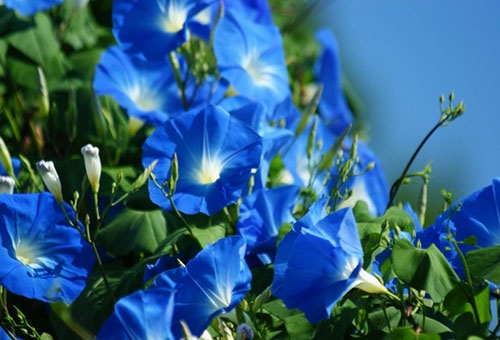
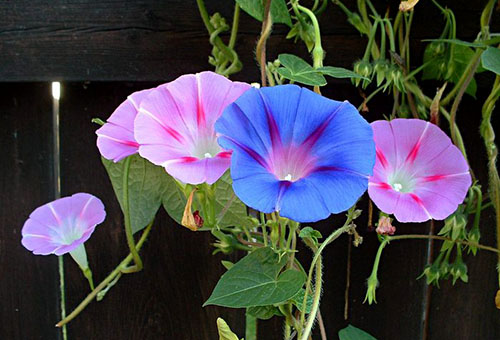

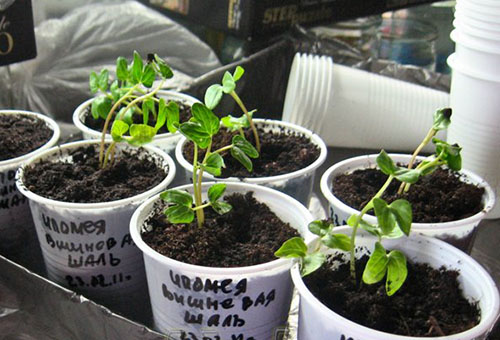


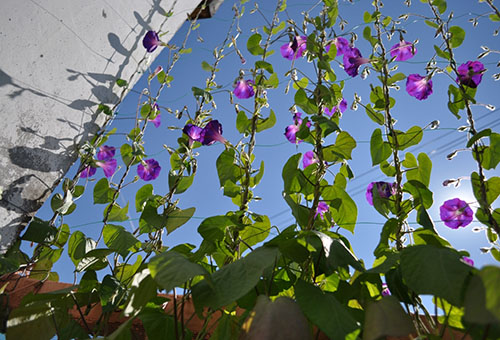
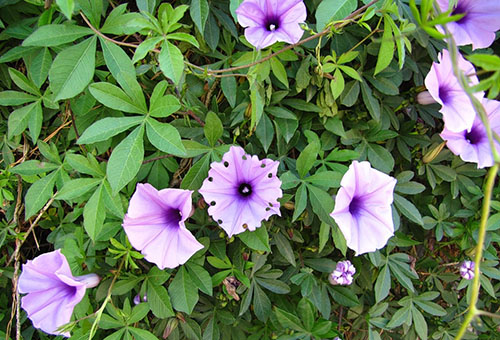
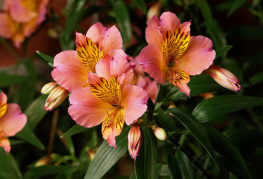
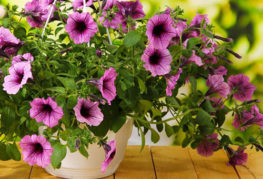
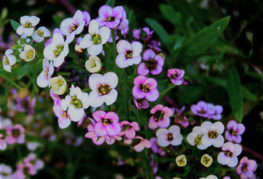


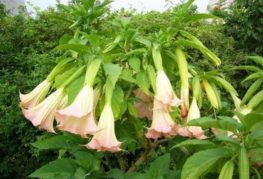
and will be published shortly.